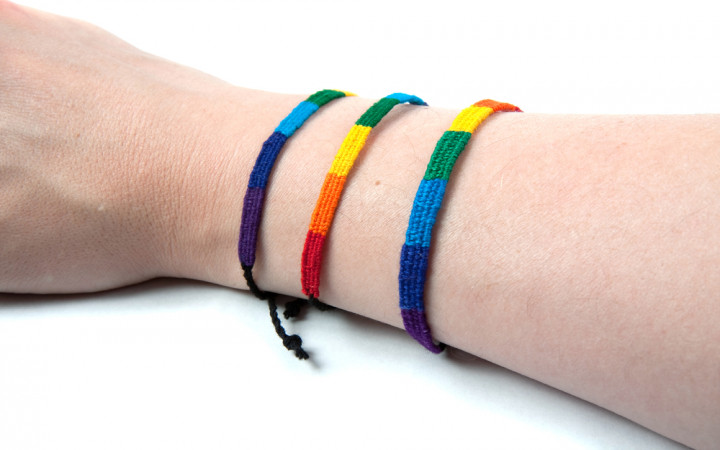Today’s Wonder of the Day was inspired by taylor. taylor Wonders, “Who invented friendship bracelets” Thanks for WONDERing with us, taylor!
Do you have some BFFs? You know… people who've been your Best Friends Forever? If you do, then you may have made — or exchanged — friendship bracelets with them in the past.
Native Americans, especially those from Central America, are usually given credit for developing the knots and patterns used in modern friendship bracelets. Friendship bracelets are considered a form of macramé.
Macramé is a type of fabric craft that uses knots, such as the square knot, instead of weaving or knitting. Sailors developed macramé many years ago and used it to decorate everything from knives to clothing.
Traditionally, friendship bracelets were given as a gift from one person to another as a sign of friendship. Since most friendship bracelets are handmade, they represent a special homemade gift that has sentimental value. They help people show others how special they are to them.
Native Americans believed that the recipient of a friendship bracelet must wear it until it wears out and falls off naturally. They believed doing so was a sign of respect and thanks to the giver, who had put a lot of love and hard work into making the bracelet by hand.
If someone removed a friendship bracelet before it naturally fell off, Native Americans believed it was a sign that the friendship was over.
A variation on this old tradition holds that the person receiving a friendship bracelet is entitled to one wish. As soon as the friendship bracelet wears out and falls off naturally, the wish will come true.
Today, making friendship bracelets is a popular pastime for young children all over the world. Using different colors of thread, it's possible to make millions of different types of friendship bracelets.
There are many popular patterns that can be modified to create unique pieces of wearable art to share with those you care for. The amount of thread you need will vary depending on the pattern you choose.
The simplest pattern — the double chain knot — requires only two strings. More complicated patterns, such as the candy stripe, can use as few as three strings or as many as 40!




